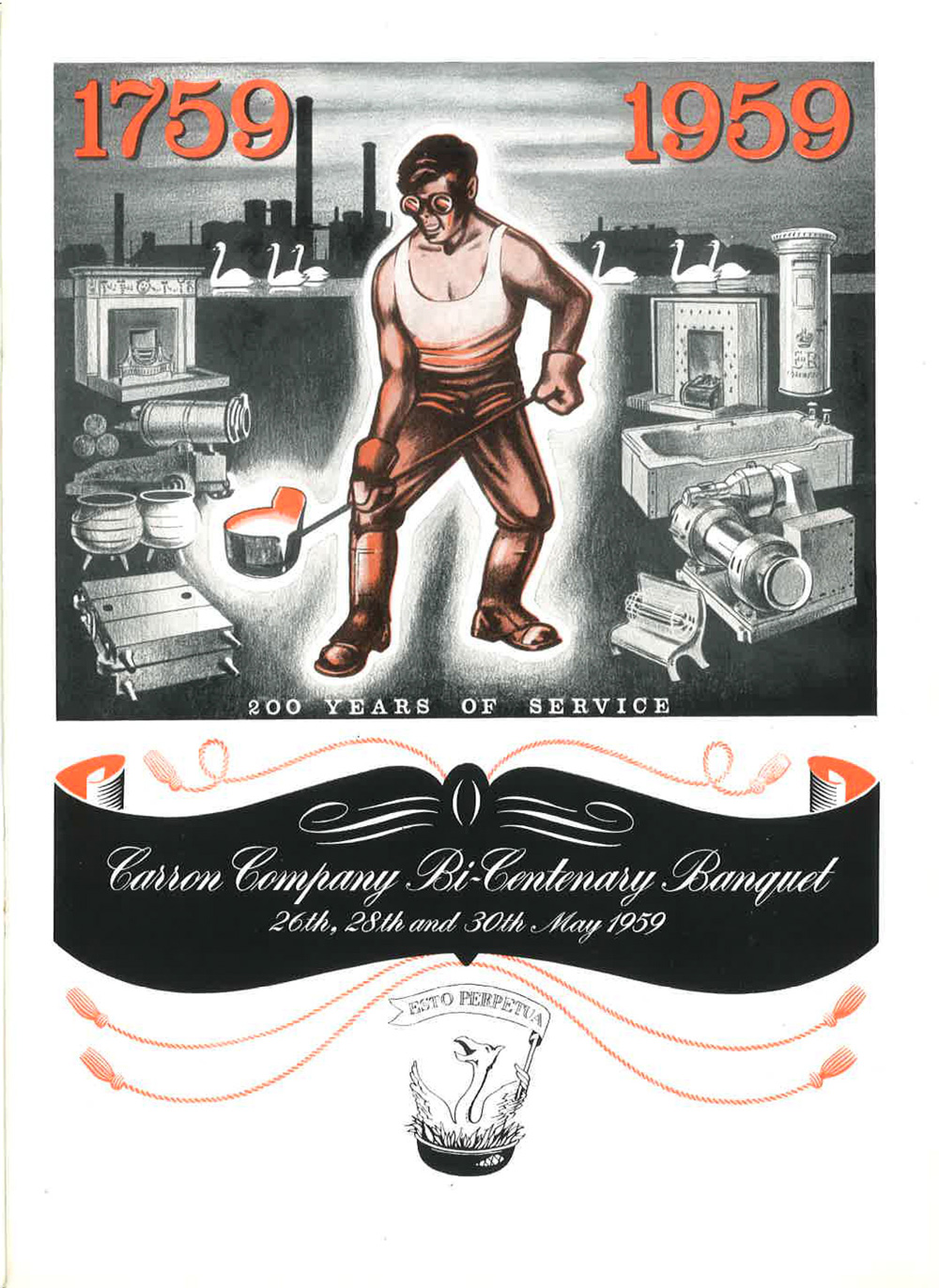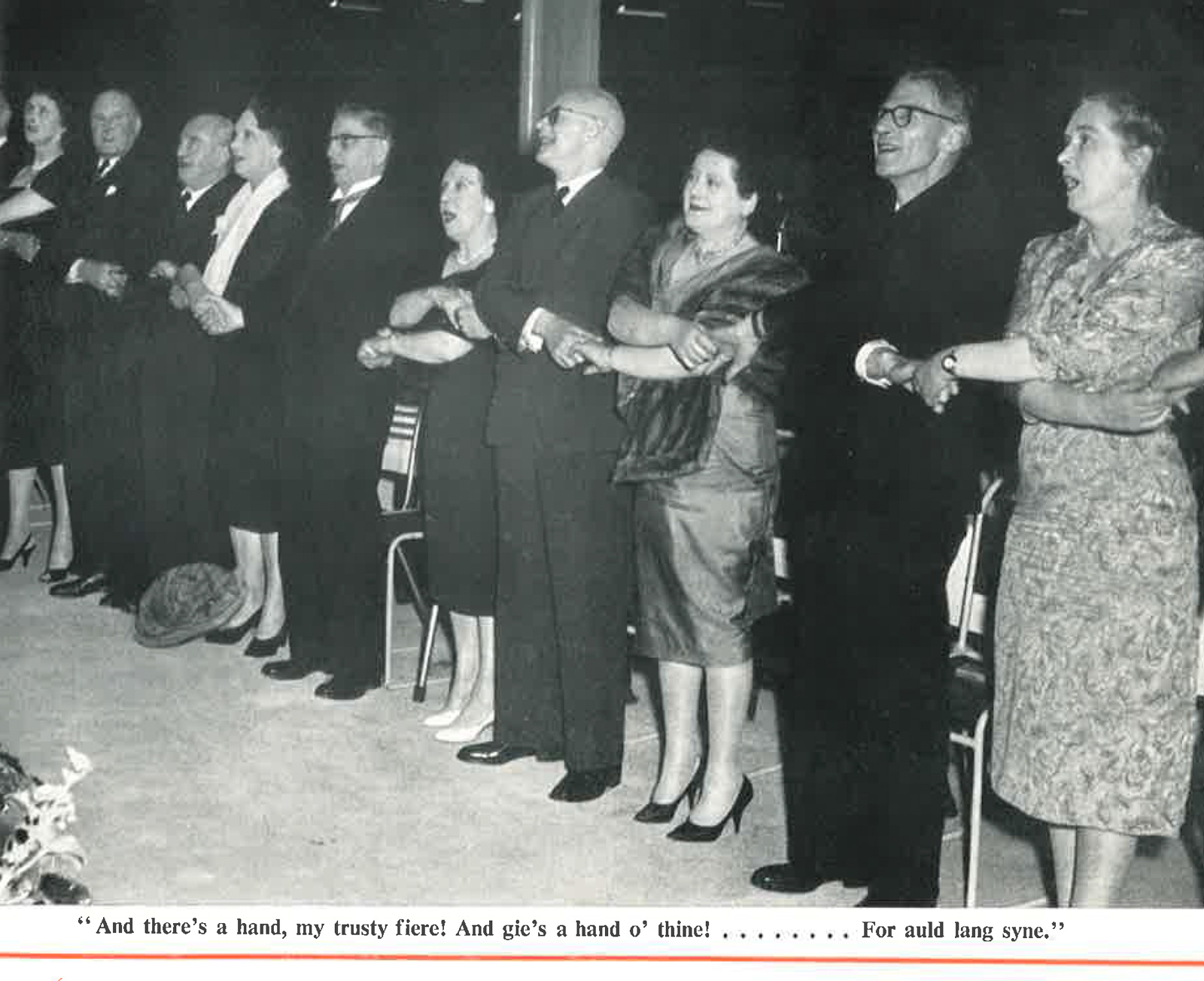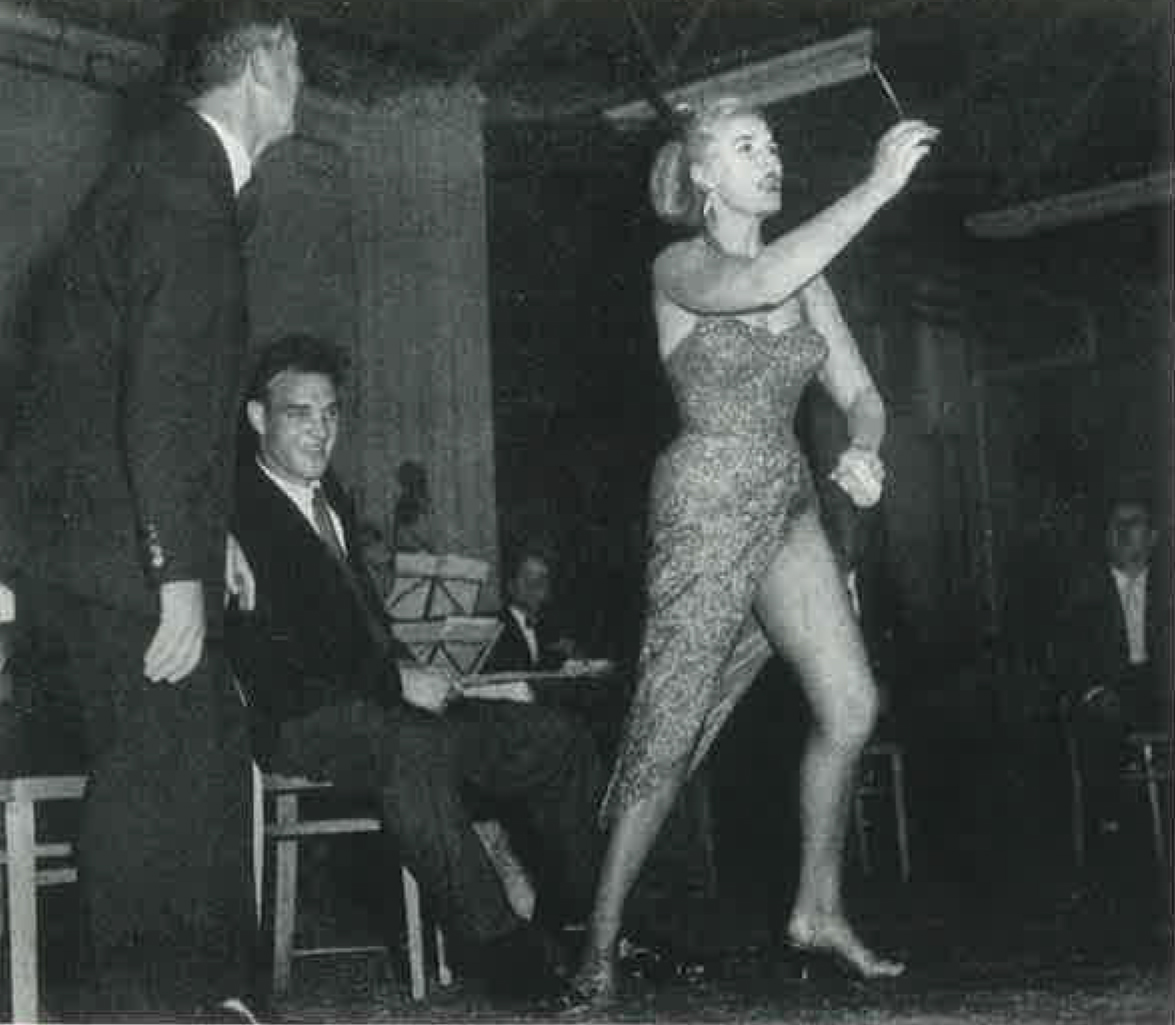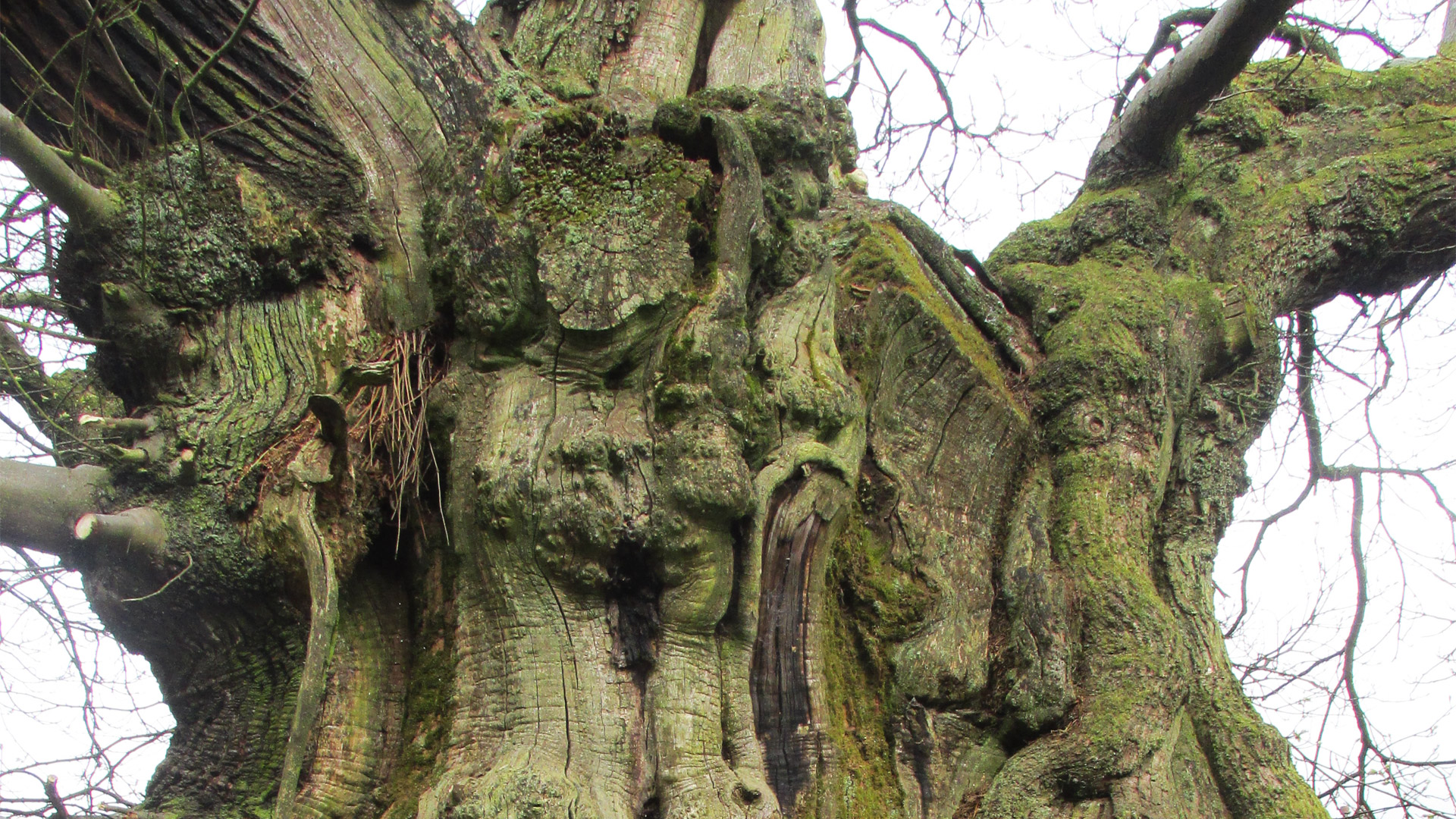This story introduces the Carron Company and their legacy in the wider Falkirk area.
Today visitors to Carron and the surrounding area will see scant evidence of what was once the biggest iron foundry in Europe. For over 200 years the Carron Company dominated the Falkirk area. The scale and ambition of its enterprise and the quality of the products which had the “Carron finish” were known globally. The “Carron Glow” from the blast furnaces dominated the skyline of the district and made the installation of street lighting in the surrounding area seem unnecessary.
All that remains of this once great place is the clock tower which houses some of Carron’s guns, including the famous Carronade. Embedded into the brickwork is part of the lintel of the first blast furnace and a remnant of the cylinder commissioned by James Watt in his early experiments in steam. Presiding over all of this is the company crest and motto: Esto Perpetua (last forever.) The Carron Dam nature reserve and Carron Bathrooms, which rose from the ashes after the demise of the company, are further examples of the Carron Company’s legacy. Today, the latter manufactures acrylic baths on the same site once famous for its cast iron baths.


The founding fathers of Carron Company were Dr John Roebuck (a GP then industrial chemist, born in Sheffield), Samuel Garbett (an entrepreneurial businessman), and William Cadell (a merchant and ship-owner from Cockenzie near Edinburgh.) Roebuck and Garbett were already in partnership producing sulphuric acid which was used to clean metal. Roebuck had invented a more efficient system of large lead containers to process the volatile liquid.
Roebuck and Garbett relocated to Cockenzie, near Edinburgh where they became friends with Cadell. A proud Scotsman, Cadell wanted to “improve the industrial capability of Scotland” and so the enterprise of an Iron Foundry was born. Carron Company was established in 1759 with the first iron produced in 1760. The company crest was a phoenix presiding over its products: ordnance and ammunition. The company motto, Esto Perpetua, echoed the everlasting nature of the phoenix rising from the flames and must have seemed, at the time, a reflection of the quality and ambition of the venture.
You can learn more about the ironworks by following the links on this website to our other “Carron” pages, by reading Brian Watters’ history of the company, “Carron: Where Iron Runs Like Water,” or by looking at the “Carron Cupola,” company magazine which is a rich source of information on the social fabric of the company, during the 1950s and 1960s.
By Lorna Swinney.




The “Carron Glow” from the blast furnaces dominated the skyline of the district and made the installation of street lighting in the surrounding area seem unnecessary.
fields['text']) echo $section->fields['text']; ?>

